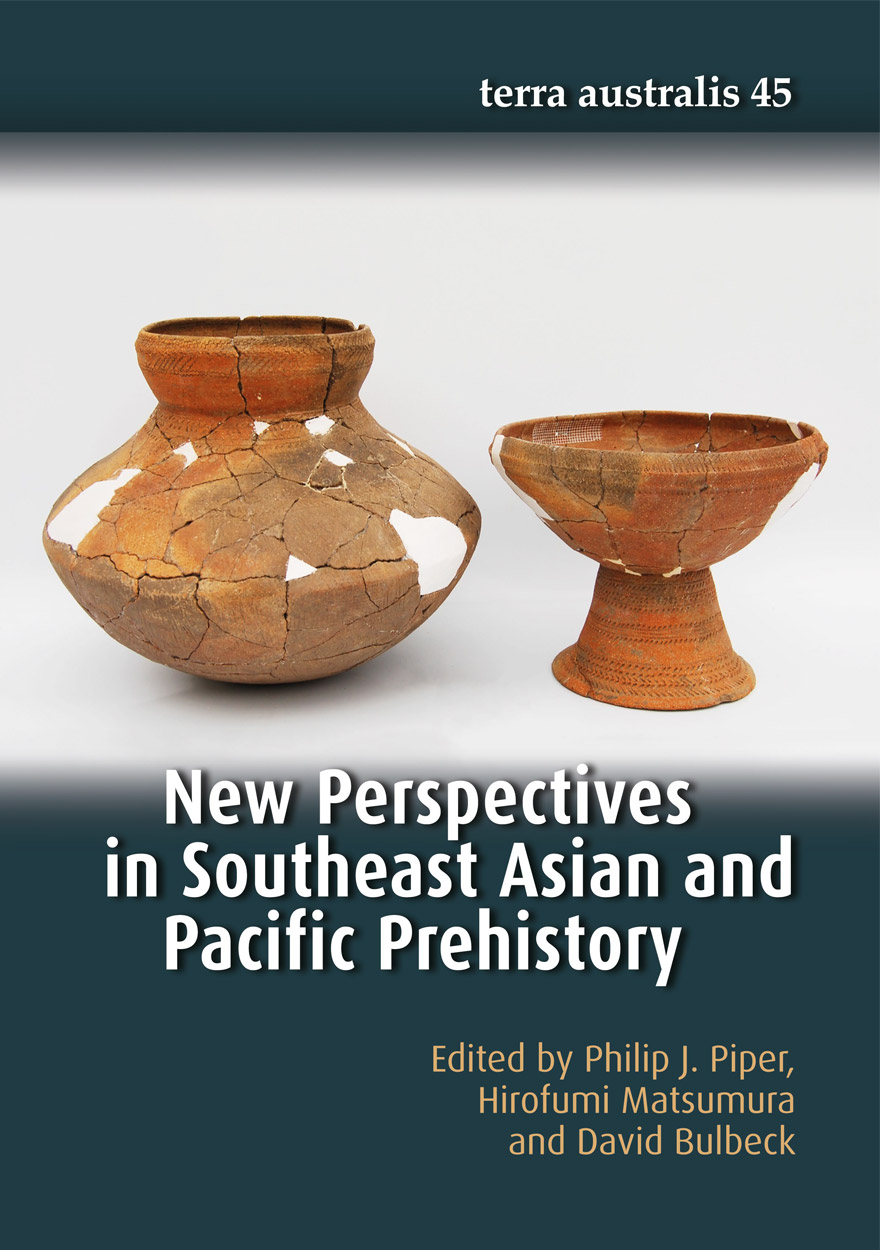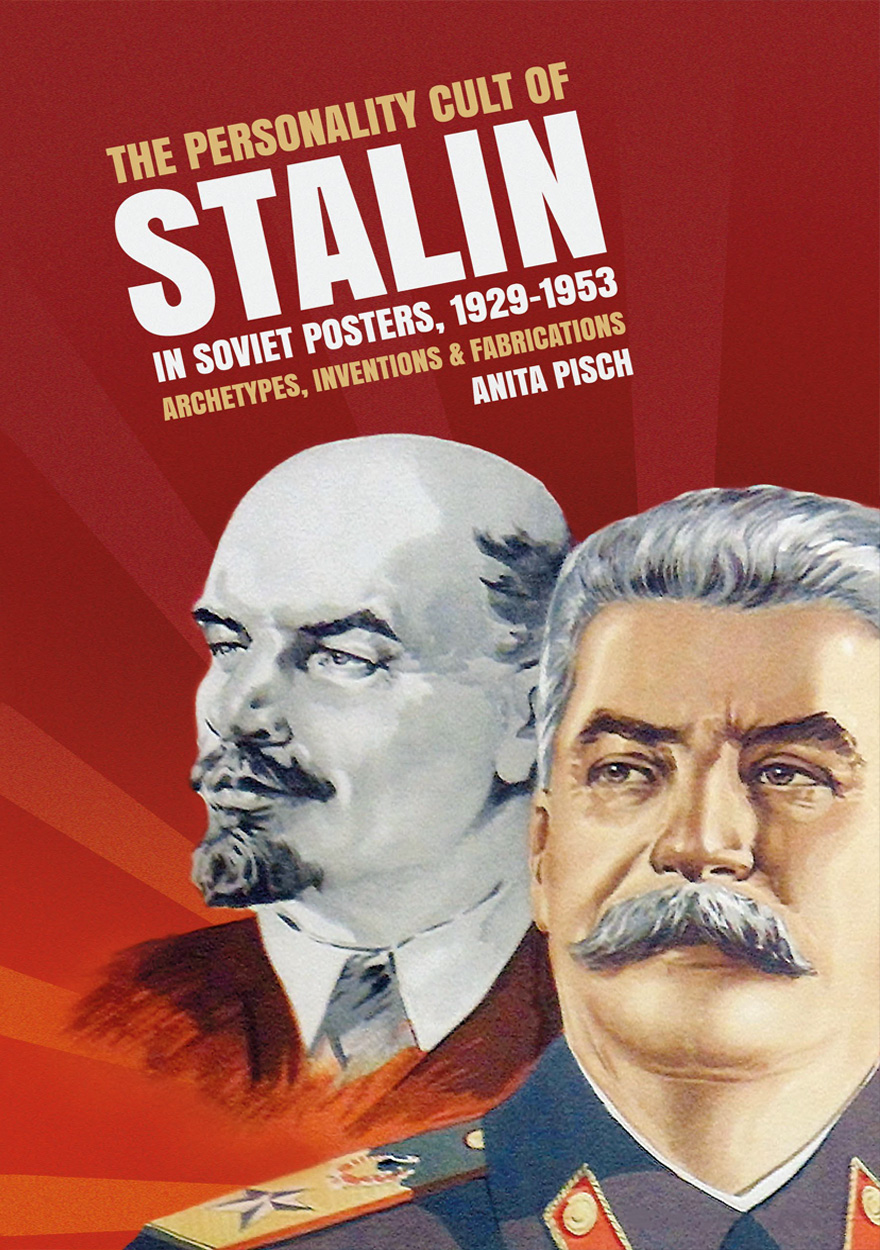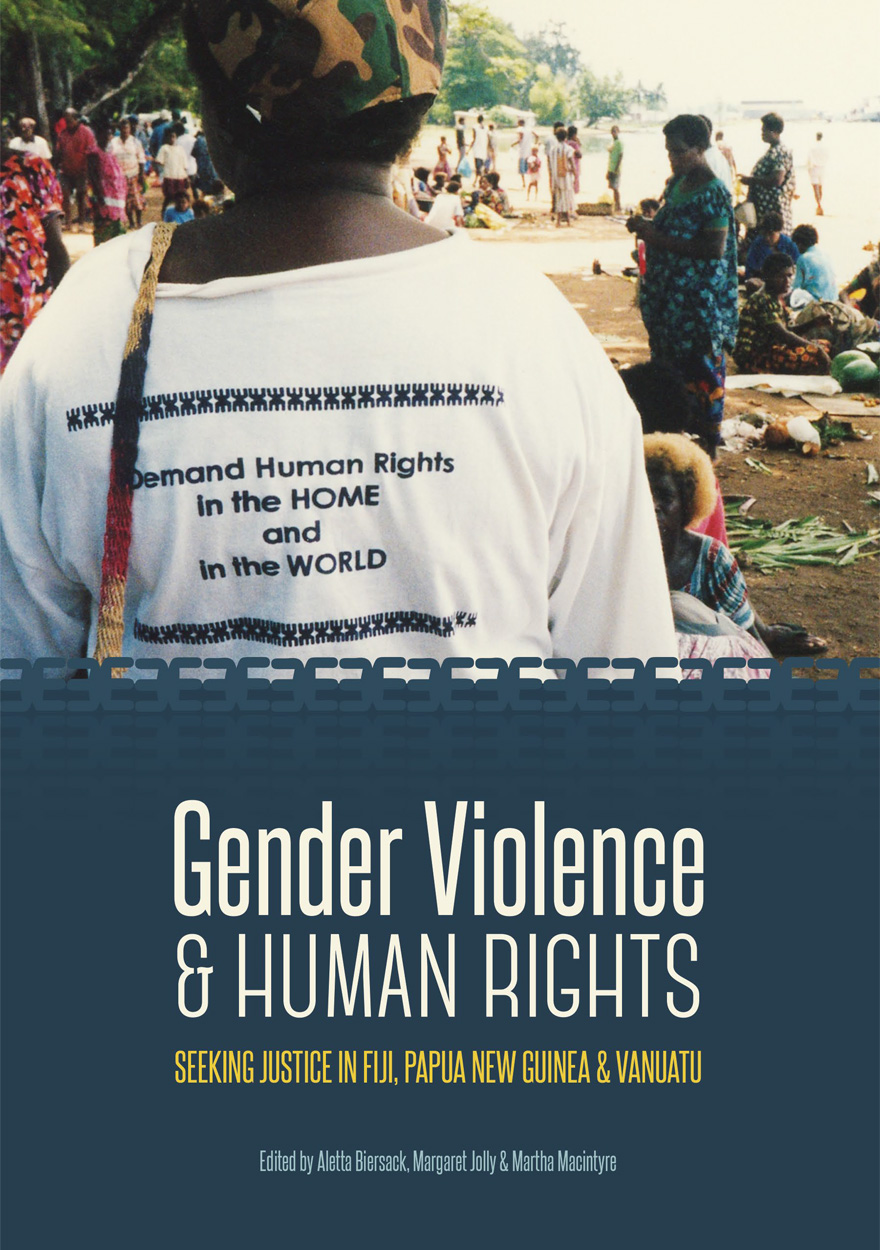Search titles
Displaying results 141 to 150 of 370.

Tides of Innovation in Oceania »
Value, materiality and place
Edited by: Elisabetta Gnecchi-Ruscone, Anna Paini
Publication date: April 2017
Tides of Innovation in Oceania is directly inspired by Epeli Hau‘ofa’s vision of the Pacific as a ‘Sea of Islands’; the image of tides recalls the cyclical movement of waves, with its unpredictable consequences. The authors propose tides of innovation as a fluid concept, unbound and open to many directions. This perspective is explored through ethnographic case studies centred on deeply elaborated analyses of locally inflected agencies involved in different transforming contexts. Three interwoven themes—value, materiality and place—provide a common thread.

Making Mala »
Malaita in Solomon Islands, 1870s–1930s
Authored by: Clive Moore
Publication date: April 2017
Malaita is one of the major islands in the Solomons Archipelago and has the largest population in the Solomon Islands nation. Its people have an undeserved reputation for conservatism and aggression. Making Mala argues that in essence Malaitans are no different from other Solomon Islanders, and that their dominance, both in numbers and their place in the modern nation, can be explained through their recent history.
A grounding theme of the book is its argument that, far than being conservative, Malaitan religions and cultures have always been adaptable and have proved remarkably flexible in accommodating change. This has been the secret of Malaitan success.
Malaitans rocked the foundations of the British protectorate during the protonationalist Maasina Rule movement in the 1940s and the early 1950s, have heavily engaged in internal migration, particularly to urban areas, and were central to the ‘Tension Years’ between 1998 and 2003. Making Mala reassesses Malaita’s history, demolishes undeserved tropes and uses historical and cultural analyses to explain Malaitans’ place in the Solomon Islands nation today.

New Perspectives in Southeast Asian and Pacific Prehistory »
Publication date: March 2017
‘This volume brings together a diversity of international scholars, unified in the theme of expanding scientific knowledge about humanity’s past in the Asia-Pacific region. The contents in total encompass a deep time range, concerning the origins and dispersals of anatomically modern humans, the lifestyles of Pleistocene and early Holocene Palaeolithic hunter-gatherers, the emergence of Neolithic farming communities, and the development of Iron Age societies. These core enduring issues continue to be explored throughout the vast region covered here, accordingly with a richness of results as shown by the authors.
Befitting of the grand scope of this volume, the individual contributions articulate perspectives from multiple study areas and lines of evidence. Many of the chapters showcase new primary field data from archaeological sites in Southeast Asia. Equally important, other chapters provide updated regional summaries of research in archaeology, linguistics, and human biology from East Asia through to the Western Pacific.’
Mike T. Carson
Associate Professor of Archaeology
Micronesian Area Research Center
University of Guam

New Worlds from Below »
Informal life politics and grassroots action in twenty-first-century Northeast Asia
Edited by: Tessa Morris-Suzuki, Eun Jeong Soh
Publication date: March 2017
In Asia today, the grand ideologies of the past have lost their power over the popular imagination. Even in many of the region’s democracies, popular engagement in the political process faces profound challenges. Yet amidst this landscape of political disenchantment, groups of ordinary people across Asia are finding new ways to take control of their own lives, respond to threats to their physical and cultural survival, and build better futures. This collection of essays by prominent scholars and activists traces the rise of a quiet politics of survival from the villages of China to Japan’s Minamata and Fukushima, and from the street art of Seoul and Hong Kong to the illegal markets of North Korea. Introducing an innovative conceptual framework, New Worlds from Below shows how informal grassroots politics in Northeast Asia is generating new ideas and practices that have region-wide and global relevance.

Joro's Youth »
The first part of the Mongolian epic of Geser Khan
Authored by: Igor de Rachewiltz, Li Narangoa
Publication date: February 2017
The epic of King Gesar of Ling is the national oral epic of Tibet, sung by itinerant bards in their land for many centuries but not recorded in print until recent times. Spreading widely beyond Tibet, there are extant versions in other languages of Central Asia. The first printed version is from Mongolia, produced on the orders of the Kangxi emperor of the Manchu Qing dynasty in the early 18th century. In the process of transmission, the original saga lost much of its Tibetan flavour, and this Qing edition can be regarded as a genuine Mongolian work. Its hero, Geser Khan in Mongolian, became a folk-hero, later deified both in China and Mongolia. Geser’s mission is to save the world from endemic evil and strife, bringing peace to all. Although he himself is the son of a god, Geser as a human is unpredictable, romantic and funny, and many of his adventures belong to the picaresque. This translation of the first, and one of the longest, chapters of the epic covers his miraculous birth, his turbulent youth, and his marriage to the beautiful Rogmo Goa. It celebrates and commemorates the 300th anniversary of the printing of the epic in Peking in early 1716.

The personality cult of Stalin in Soviet posters, 1929–1953 »
Archetypes, inventions and fabrications
Authored by: Anita Pisch
Publication date: December 2016
From 1929 until 1953, Iosif Stalin’s image became a central symbol in Soviet propaganda. Touched up images of an omniscient Stalin appeared everywhere: emblazoned across buildings and lining the streets; carried in parades and woven into carpets; and saturating the media of socialist realist painting, statuary, monumental architecture, friezes, banners, and posters. From the beginning of the Soviet regime, posters were seen as a vitally important medium for communicating with the population of the vast territories of the USSR. Stalin’s image became a symbol of Bolshevik values and the personification of a revolutionary new type of society. The persona created for Stalin in propaganda posters reflects how the state saw itself or, at the very least, how it wished to appear in the eyes of the people.
The ‘Stalin’ who was celebrated in posters bore but scant resemblance to the man Iosif Vissarionovich Dzhugashvili, whose humble origins, criminal past, penchant for violent solutions and unprepossessing appearance made him an unlikely recipient of uncritical charismatic adulation. The Bolsheviks needed a wise, nurturing and authoritative figure to embody their revolutionary vision and to legitimate their hold on power. This leader would come to embody the sacred and archetypal qualities of the wise Teacher, the Father of the nation, the great Warrior and military strategist, and the Saviour of first the Russian land, and then the whole world.
This book is the first dedicated study on the marketing of Stalin in Soviet propaganda posters. Drawing on the archives of libraries and museums throughout Russia, hundreds of previously unpublished posters are examined, with more than 130 reproduced in full colour. The personality cult of Stalin in Soviet posters, 1929–1953 is a unique and valuable contribution to the discourse in Stalinist studies across a number of disciplines.

Gender Violence & Human Rights »
Seeking Justice in Fiji, Papua New Guinea and Vanuatu
Publication date: December 2016
The postcolonial states of Fiji, Papua New Guinea and Vanuatu operate today in a global arena in which human rights are widely accepted. As ratifiers of UN treaties such as the Convention on the Elimination of All Forms of Discrimination against Women and the Convention on the Rights of the Child, these Pacific Island countries have committed to promoting women’s and girls’ rights, including the right to a life free of violence. Yet local, national and regional gender values are not always consistent with the principles of gender equality and women’s rights that undergird these globalising conventions. This volume critically interrogates the relation between gender violence and human rights as these three countries and their communities and citizens engage with, appropriate, modify and at times resist human rights principles and their implications for gender violence. Grounded in extensive anthropological, historical and legal research, the volume should prove a crucial resource for the many scholars, policymakers and activists who are concerned about the urgent and ubiquitous problem of gender violence in the western Pacific.
‘This is an important and timely collection that is central to the major and contentious issues in the contemporary Pacific of gender violence and human rights. It builds upon existing literature … but the contributors to this volume interrogate the connection between these two areas deeply and more critically … This book should and must reach a broad audience.’
— Jacqui Leckie, Associate Professor, Anthropology and Archaeology, University of Otago
‘The volume addresses the tensions between human and cultural, individual and collective rights, as played out in the domain of gender … Gender is a perfect lens for exploring these tensions because cultural rights are often claimed in defence of gender oppression and because women often have imposed upon them the burden of representing cultural traditions in attire, comportment, restraint or putatively cultural conservatism. And Melanesia is a perfect place to consider these gendered issues because of the long history of ethnocentric representations of the region, because of the extent to which these are played out between states and local cultures and because of the efforts of the vibrant women’s movements in the region to develop locally workable responses to the problems of gender violence in these communities.’
— Christine Dureau, Senior Lecturer, Anthropology, University of Auckland

Australia goes to Washington »
75 years of Australian representation in the United States, 1940–2015
Publication date: December 2016
Since 1940, when an Australian legation was established in Washington DC, Australian governments have expected much from their representatives in the American capital. This book brings together expert analyses of those who have served as heads of mission and of the challenges they have faced. Ranging beyond conventional studies of the Australian–United States relationship, it provides insights into the dynamics between Australian and US policymakers and into the culture of one of Australia’s oldest and most important overseas missions. It provides an appreciation of the importance of the embassy and the head of mission in Washington in mediating the relationship between Australia and the United States and of their role in managing expectations in Canberra and Washington. Australia Goes to Washington also sheds new light on personal trials and achievements at the coalface of Australian–United States relations.

An Archaeology of Early Christianity in Vanuatu »
Kastom and Religious Change on Tanna and Erromango, 1839–1920
Authored by: James Flexner
Publication date: December 2016
Religious change is at its core a material as much as a spiritual process. Beliefs related to intangible spirits, ghosts, or gods were enacted through material relationships between people, places, and objects. The archaeology of mission sites from Tanna and Erromango islands, southern Vanuatu (formerly the New Hebrides), offer an informative case study for understanding the material dimensions of religious change. One of the primary ways that cultural difference was thrown into relief in the Presbyterian New Hebrides missions was in the realm of objects. Christian Protestant missionaries believed that religious conversion had to be accompanied by changes in the material conditions of everyday life. Results of field archaeology and museum research on Tanna and Erromango, southern Vanuatu, show that the process of material transformation was not unidirectional. Just as Melanesian people changed religious beliefs and integrated some imported objects into everyday life, missionaries integrated local elements into their daily lives. Attempts to produce ‘civilised Christian natives’, or to change some elements of native life relating purely to ‘religion’ but not others, resulted instead in a proliferation of ‘hybrid’ forms. This is visible in the continuity of a variety of traditional practices subsumed under the umbrella term ‘kastom’ through to the present alongside Christianity. Melanesians didn’t become Christian, Christianity became Melanesian. The material basis of religious change was integral to this process.

Reading Embraced by Australia »
Hiroshima Modules 1 and 2
Authored by: Carol Hayes, Yuki Itani-Adams
Publication date: December 2016
Hiroshima Modules 1 and 2 provide a first-hand account of surviving Hiroshima's atomic bomb.
This eText is the first volume of an advanced Japanese language comprehension series aimed firstly at improving Japanese language skills, and secondly at introducing readers to a first-hand account of Australia and Japan’s shared WWII and post-WWII history. Made up of two modules, this eText includes audio recordings of the text, movie files of recorded interviews with Teruko Blair and interactive comprehension quiz questions to help readers engage with the Japanese text.
The story is drawn from war bride and Hiroshima survivor Mrs Teruko Blair's 1991 Japanese memoir, Embraced by Australia (『オーストラリアに抱かれて』), published by Asahi TV Press.
Hiroshima Modules 1 and 2 take readers on a journey behind the eyes of then 20-year-old Teruko. Module 1 covers only a few days in Teruko’s life, in the lead up to the bombing, the horrific impact of the bomb and how she and her family just managed to escape the black rain. Module 2 continues on from Module 1, describing how Teruko and her family survived by managing to escape across the Ōta River to a friend’s farm. The story ends with the survival of all four children and both their parents, which is nothing short of miraculous.
Download for free
Not available for purchase



